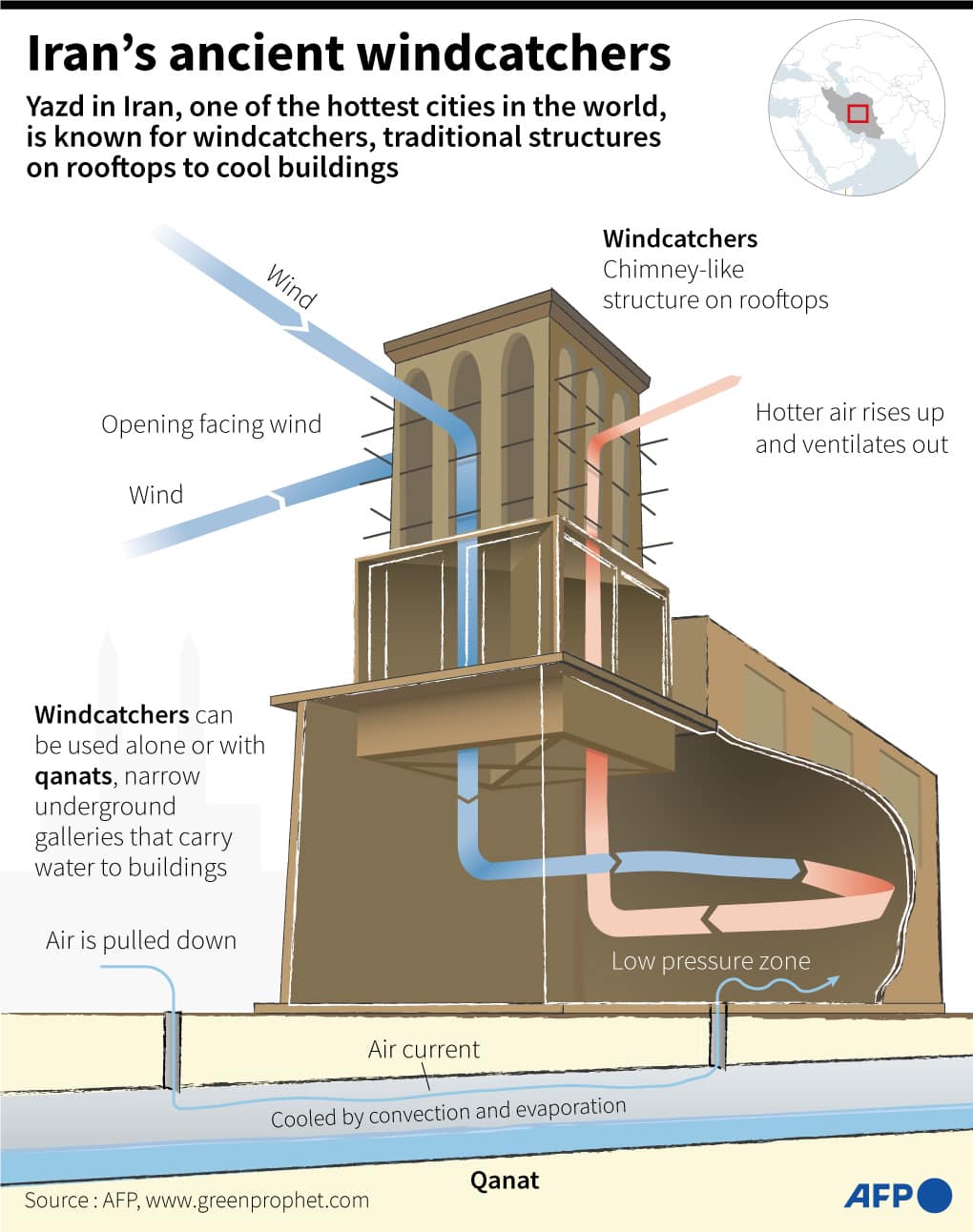this post was submitted on 24 Jul 2023
1917 points (98.6% liked)
Mildly Interesting
18084 readers
7 users here now
This is for strictly mildly interesting material. If it's too interesting, it doesn't belong. If it's not interesting, it doesn't belong.
This is obviously an objective criteria, so the mods are always right. Or maybe mildly right? Ahh.. what do we know?
Just post some stuff and don't spam.
founded 2 years ago
MODERATORS
you are viewing a single comment's thread
view the rest of the comments
view the rest of the comments

What do you mean modern AC can only cool by 20F?
I’m in Florida and it’s routinely 95-98F outside. My AC is set to 65F.
Did you mean 20C? Either way, that’s also false. AC units are limited to their rating and BTU. Many may not cool below 60F, but there’s no delta limit.
Are you my brother? Whenever I go to his place I feel like I'm going to get hypothermia lol
Heat pump doesn't do that for us. We set it at 78-79f in the summer and it feels cool enough & keeps the house from molding.
Evaporative systems like the one pictured only work in the desert though. So if you have lots of water, it's humid and you can't use evaporation to cool, but in places you can use evaporative cooling, water is scarce. It's still very cool tech, and everywhere can benefit from more intentional design of buildings.
Your heat pump will definitely do it, it’ll just take a long time.
The 20 degree figure everyone is throwing around is actually supposed to be the difference between the return air temperature and the supply air inside your home
If you have 80 degree air in your house, 60 degree air should be coming out of your vents. Once the 60 degree air has cooled down the house to 70 degrees or so, 50 degree air should be coming out of your vents. And that’s about the theoretical limit for home air conditioning, as anything lower means the cooling coil is below freezing and will get damaged by ice, there’s usually a safety switch that prevents things from getting too cold.
Now the outside coil needs to be hotter than the surrounding air to actually push that heat out of the coil and cool off. Most places around me are designed for a 95 degree summer day, so will have a refrigerant temperature of about 120 degrees, in order to move that heat. Your compressor needs to be able to compress the refrigerant from your cooling coil until it’s about 30 degrees F hotter than the outside air. The hotter it is outside, the harder it is on the compressor. But it will eventually do it if you let it run long enough. Whether or not you want to pay for all that electricity is another thing entirely.